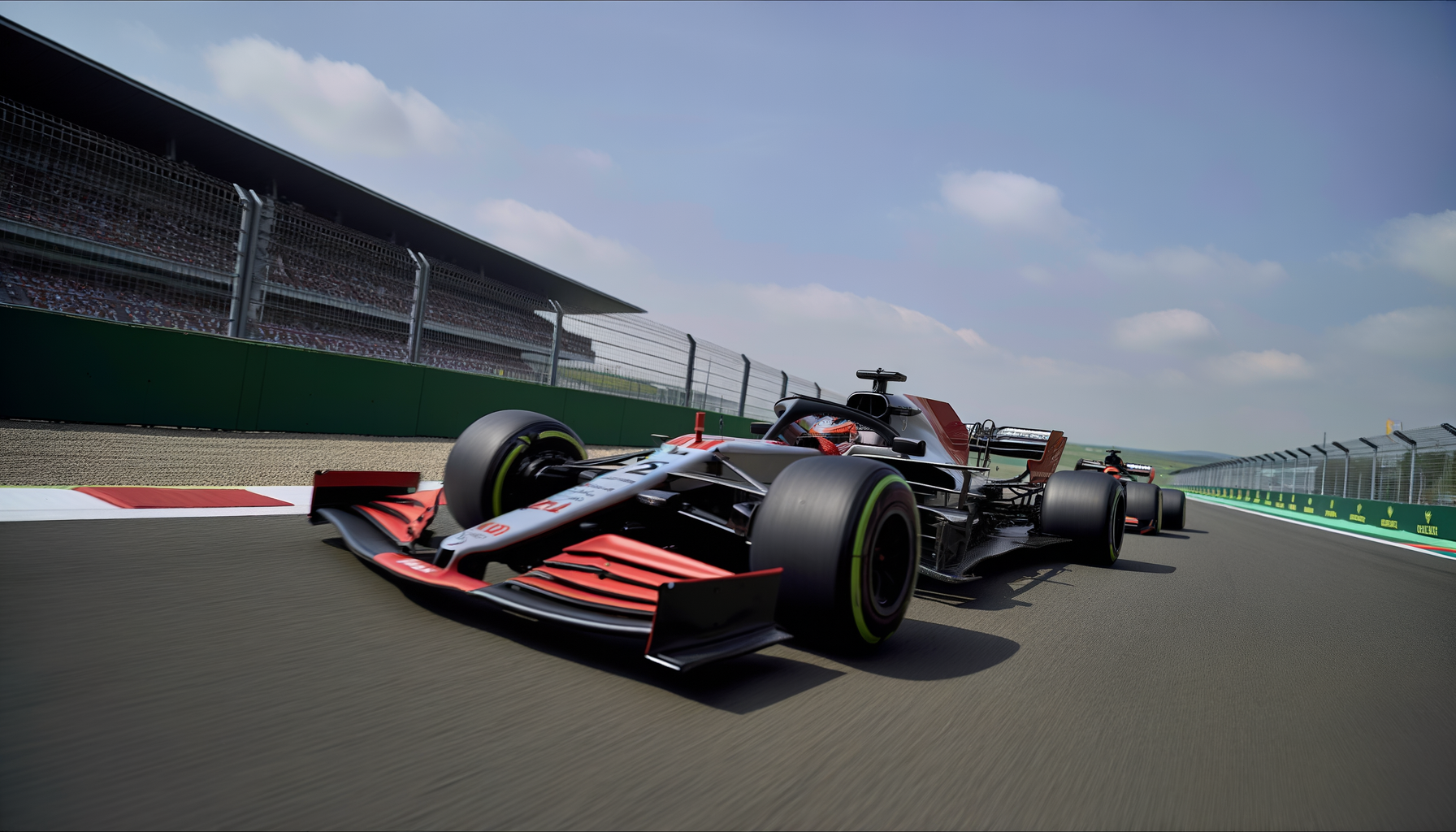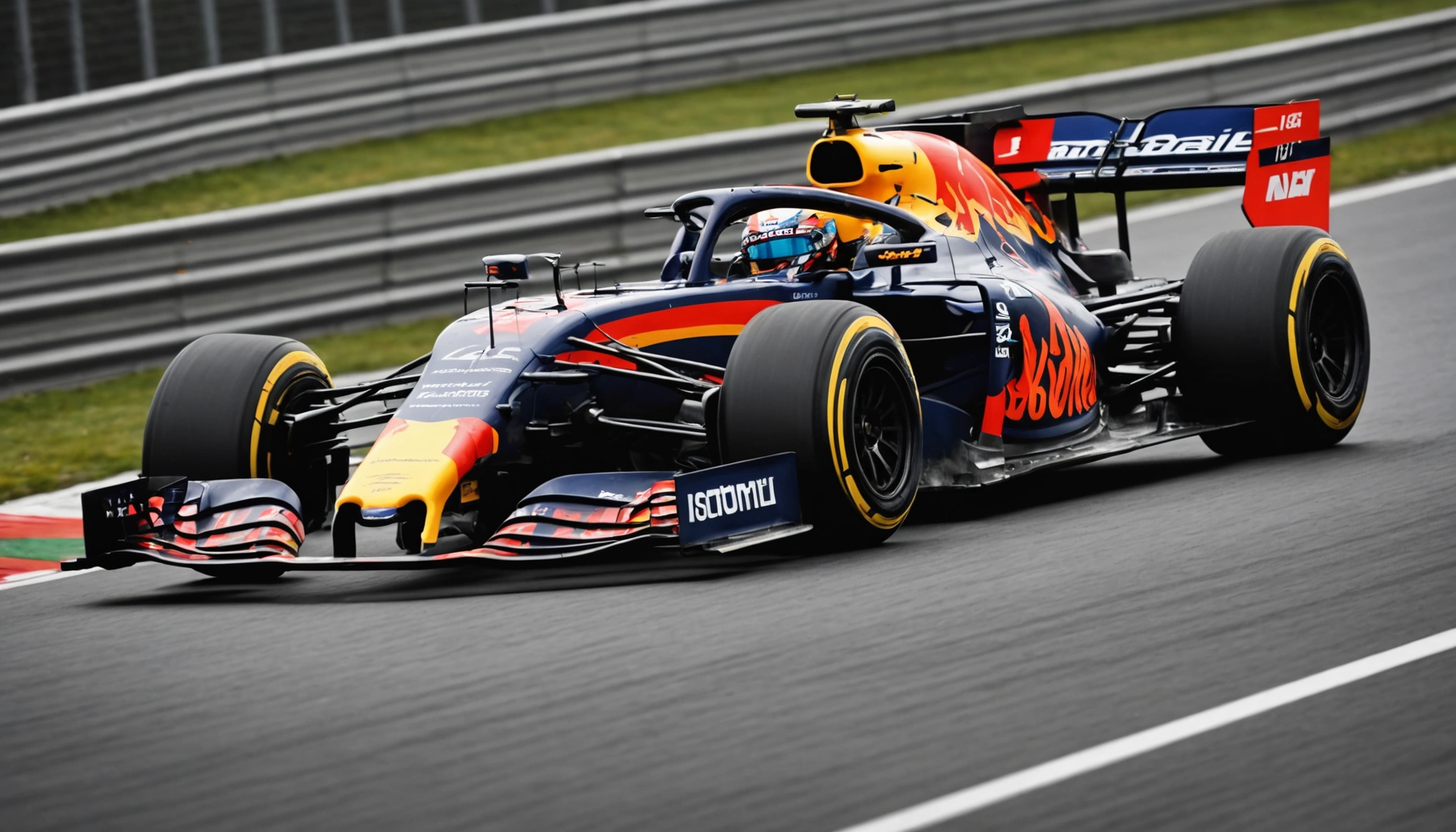How Overtaking Will Change In F1 2026 Under New Regulations
Discover how 2026 F1 regulations will transform overtaking, improving race excitement and strategy. Explore innovations reshaping Formula 1’s future.

By Editorial
Introduction To The 2026 Formula 1 Regulation Changes
The 2026 Formula 1 season is set to usher in one of the most significant regulatory overhauls in recent history, particularly targeting how overtaking is achieved on track. As fans and experts eagerly anticipate this shift, the new rules promise to enhance on-track battles, boost race unpredictability and improve the spectacle for viewers worldwide.
Overtaking has always been a pivotal aspect of F1's allure, yet recent seasons have seen it become increasingly challenging due to aerodynamic complexities and tyre limitations. The 2026 changes aim to address these concerns directly, ensuring drivers can follow each other more closely and execute more daring manoeuvres.
What Are The Key Changes Affecting Overtaking?
Introduction Of Ground Effect Aerodynamics
One of the standout changes is the reintroduction of ground effect aerodynamics, which focusses on generating downforce from the car's underside rather than relying heavily on wings and upper body aero parts. This shift reduces turbulent air behind cars, enabling closer racing. When drivers follow more closely, the slipstream effect is enhanced, increasing overtaking opportunities.
Simplified Front And Rear Wings
The redesign of front and rear wings aims to minimise disruptive airflow patterns that have historically made it difficult for trailing cars to keep pace. By simplifying these aerodynamic elements, cars will experience less ‘dirty air’, allowing them to maintain grip and speed when chasing rivals.
Standardised Components To Reduce Costs And Equalise Performance
The 2026 regulations also introduce more standardised parts across teams, including elements of suspension and brakes. While primarily a cost-saving measure, this standardisation will reduce performance gaps, making races more competitive and overtaking battles more frequent.
How These Changes Will Impact Race Strategy And Driver Behaviour
More Aggressive And Tactical Driving
With easier overtaking opportunities, drivers are expected to adopt more aggressive race strategies. Instead of settling for position defence, they will be incentivised to risk overtakes, knowing the car's design supports closer racing.
Tyre Management Remains Crucial
Despite aerodynamic improvements, tyre strategy will remain a critical factor. Drivers who can manage tyre wear effectively while pushing hard will have a better chance of overtaking or defending positions. This balance will create thrilling strategic battles reminiscent of classic F1 eras.
Case Studies And Examples From Recent Seasons
Looking back at the 2023 and 2024 seasons, circuits like Monaco and Silverstone highlighted how difficult overtaking has become, with many races decided by pit-stop strategy rather than on-track passes. The new regulations are designed to change that narrative.
For example, the 2024 British Grand Prix saw limited overtaking despite multiple attempts, demonstrating the need for aerodynamic reforms. With the 2026 rules, fans can expect more wheel-to-wheel action on such iconic tracks.
Broader Implications For Formula 1 And Motorsport Fans
The regulatory changes will not only impact driver tactics but also enhance the viewing experience worldwide. Increased overtaking leads to more unpredictable results and heightened suspense, key ingredients to attract new audiences and retain loyal fans alike.
Moreover, these developments align with F1’s broader sustainability and cost control goals, ensuring the sport remains viable and competitive in the long term.
Connecting With Other Sports Innovations
Much like how the Ryder Cup 2024 has introduced new formats to boost excitement, F1’s 2026 changes demonstrate the sport’s commitment to evolution. Fans of competitive sports will appreciate how evolving rules across disciplines aim to enhance engagement and unpredictability.
Conclusion: What To Expect From F1 2026 And Beyond
The 2026 Formula 1 regulations promise to redefine overtaking, making races more dynamic and thrilling. Ground effect aerodynamics, simplified wings, and standardised parts will combine to allow drivers to race closer and attempt more overtakes.
While the full impact will only be clear once the season unfolds, early testing has shown promising signs. For those keen on motorsport developments, the 2026 season is shaping up to be a landmark year.
For further insights into upcoming sports seasons, check out our article on the Ashes 2025 26 schedule and historic series opener in Perth, a reminder of how sporting calendars continually evolve.
Related topics
Editorial
Sports expert at SportsScoop
Specialist in sports analysis and journalism
Related articles
Want to read more?
Explore our comprehensive collection of sports articles and analysis, or contact us for more information.



